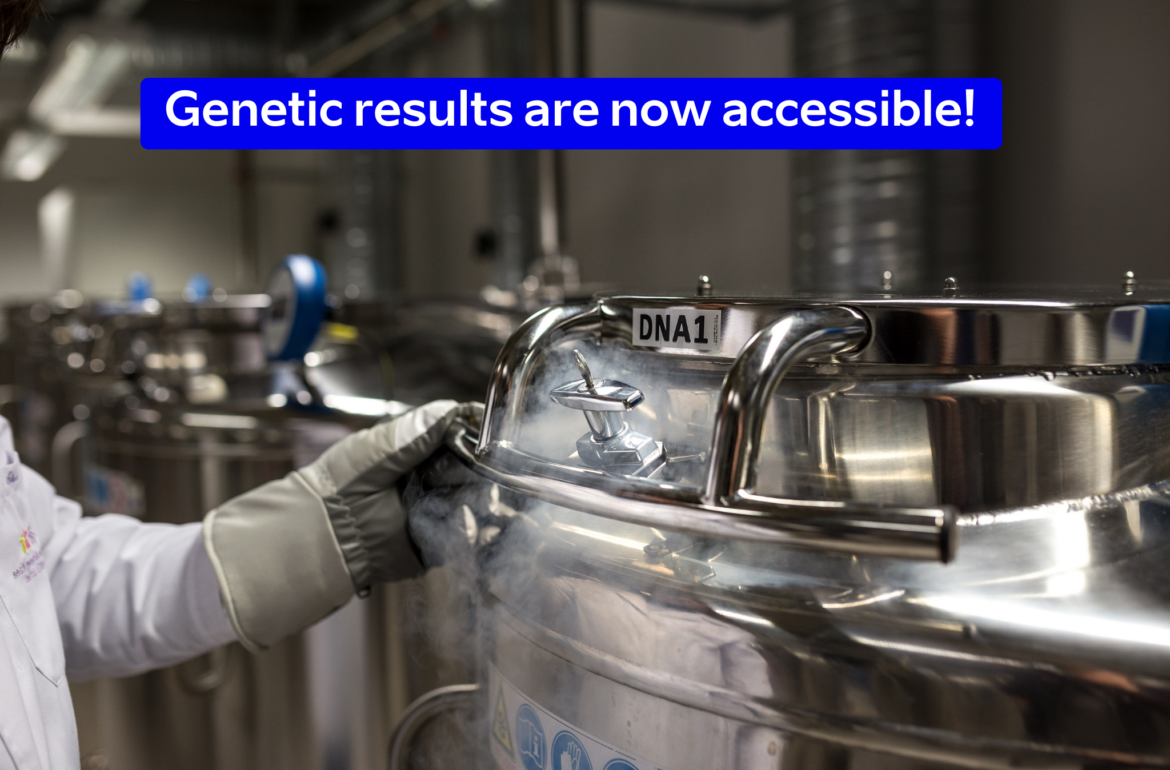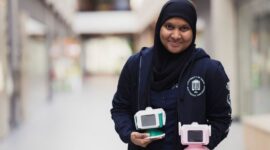Table of Contents
Estonians who have submitted DNA samples to the Estonian Biobank at the University of Tartu now have access to a trove of genetic information thanks to the launch of a new online portal.
Making genetic information accessible and readable
Called Minu Geenivaramu (“MyGenome”), the resource debuted on June 11. It provides 210,000 Estonian Biobank participants with information about their ancestry, their genetic predisposition to certain diseases, as well as personalized data about medications. The portal also hosts questionnaires that are being used to collect data from users for future research.
“We decided to build the MyGenome portal to foster a closer relationship with our participants and increase people’s genetic literacy,” said Lili Milani, head of the Estonian Biobank and a professor of pharmacogenomics at the University of Tartu. “By providing results on genetic risk and how a person’s lifestyle influences their risk for disease, we aim to educate biobank participants about their health and encourage them to take action for potential disease prevention,” she said.
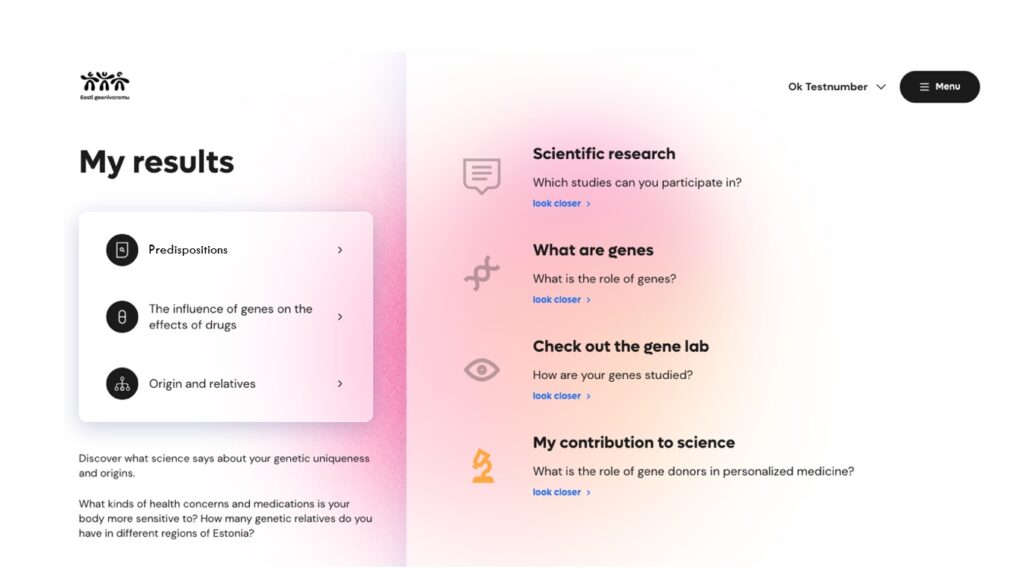
The Estonian Biobank is one of Europe’s largest biorepositories. Established at the start of the century, it now houses data from 210,000 participants collected over the past two and a half decades, which amounts to roughly a fifth of the total Estonian population. All of the DNA samples collected from participants have been genotyped using a microarray produced by the San Diego, California-based life sciences company Illumina, creating a wealth of data that has led to more than 830 scientific publications co-authored by University of Tartu researchers.
With the launch of the new portal, the Estonian Biobank is now delivering back some of that information. According to Milani, all of the participants have access to the portal. Biobank participants can log in to the portal using their ID-card, mobile-ID or Smart-ID. The portal is currently only available in Estonian. To enter, they must sign a dynamic consent form and specify which reports they would like to see. In addition to personalized reports, the portal also contains general educational content about genes, genetic analysis, and related topics.
The different reports include ones for the genetic and cumulative risk for coronary artery disease and type 2 diabetes. “These reports are based on models that integrate polygenic risk scores and lifestyle factors,” said Milani. “The reports are interactive and allow users to explore how modifying their lifestyle factors can reduce their total risk.”
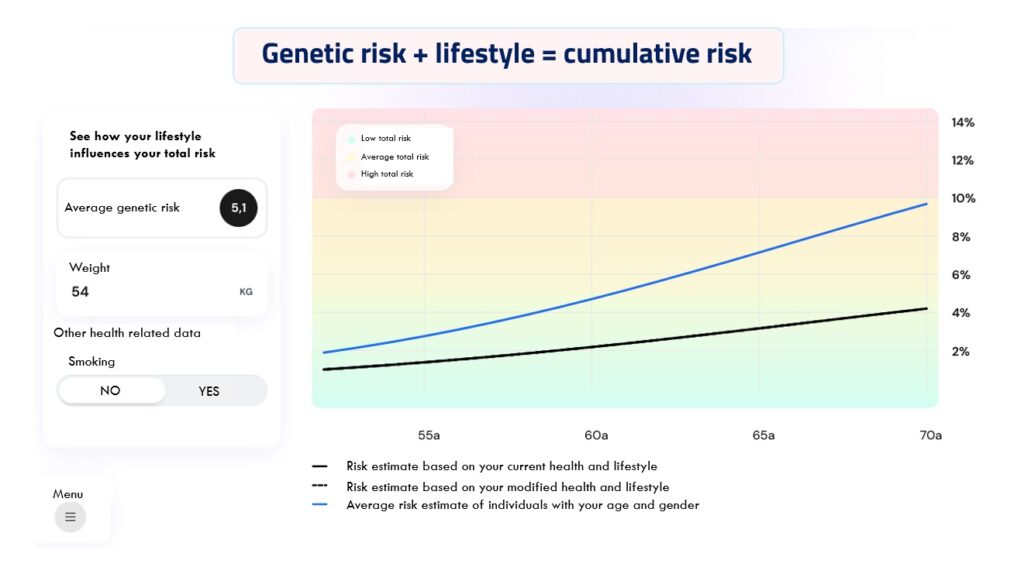
There are also pharmacogenetics reports on how an individual’s genes can influence their response to various medications, and ancestry information. This latter report includes both global ancestry information and regional ancestry details specific to Estonia, Milani said. Participants can also learn about other genetic details that are not directly associated with health on the portal. These include reports on the genetics of caffeine metabolism and proportion of Neanderthal DNA in the participant’s genome, Milani said.
The Estonian Biobank has always had as one mission the active returning of results to participants. According to Milani, it has done this in the past via smaller pilot projects related to polygenic risk scores or pharmacogenomics, but these were focused on smaller groups of individuals, and involved significant resources, such as counseling by clinical staff, which were difficult to make more widely available to all participants. The portal is thus an effort to return results to participants, whom questionnaires have shown are eager to receive such information.
Overcoming the challenges
“During the recruitment of 100,000 biobank participants in 2018, we acknowledged the need for scalable tools for return of results,” said Milani. In 2020, the researchers received a grant to go about building the resource, which Milani acknowledged involved overcoming a few challenges.
One of these challenges was establishing the legal and ethical framework for returning results via an online portal, Milani said. “This lengthy process involved reaching a consensus with all relevant parties and maintaining an open conversation with all stakeholders,” she commented.
Additionally, the content of the portal required “considerable time and effort” from scientists to validate the risk estimation models and other findings and to write educational and explanatory texts for each report, she said. The Biobank expanded its IT team to support building the portal.
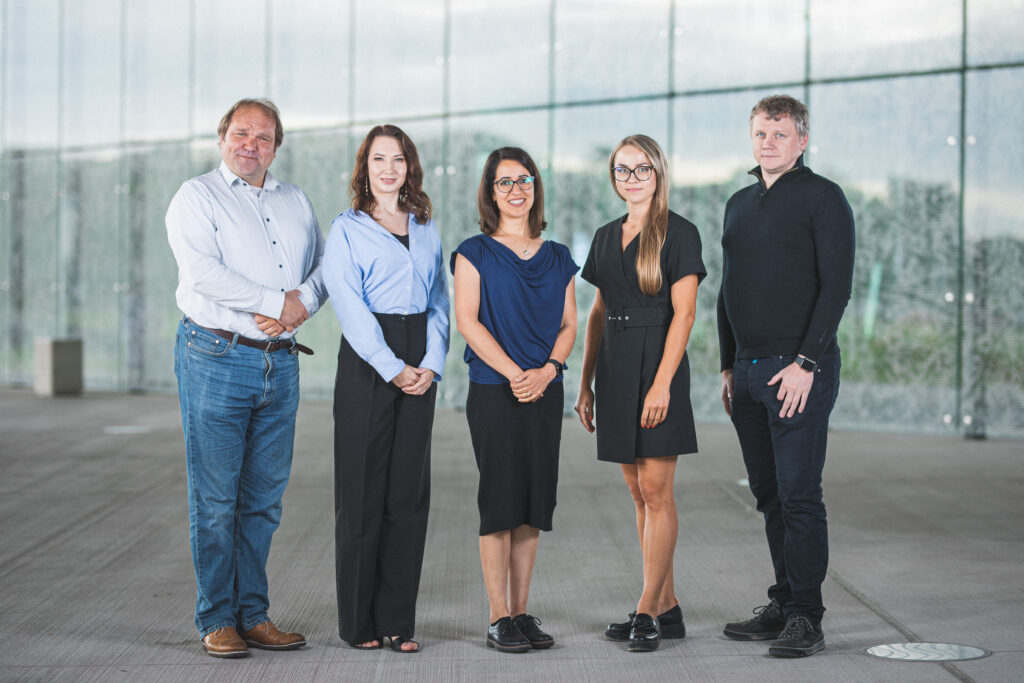
Natalia Pervjakova, the development manager of the biobank participant portal, said that creating the MyGenome portal involved close cooperation between genomics researchers, medical doctors, statisticians, behavioral scientists, communication experts, designers of user interface and user experience, and software developers.
“The scientists provided the content, the designers tested it on people with different backgrounds, such as age and educational level, and returned to the scientists with specific suggestions to simplify the content,” said Pervjakova. “Throughout the process we worked to ensure that the content would be medically relevant and actionable, while focusing on information that could empower participants to take charge of their health,” she said. “The IT team ensured that the portal would be user-friendly, scalable, and secure.”
According to Pervjakova, researchers “dedicated substantial effort” to develop accurate prediction models for biobank participants, by testing selected polygenic risk scores that were later integrated into cumulative risk models and subsequently validated on different age groups for improved precision.
“Overall, the prediction models are transferable across different European populations, but people with more distant ancestry receive notifications in their reports that their risk estimates may not be as accurate,” said Pervjakova. “Our approach of providing interactive genetic and cumulative risk predictions is unique, setting us apart from genetic testing companies that typically provide results solely on genetic predisposition,” she added.
While the main purpose of MyGenome is to give back to participants, Pervjakova noted that the portal will serve as a platform for various health-related questionnaires in the future. “For example, we have previously invited participants to complete surveys on mental health, personality traits, and side-effects from medications and vaccines,” Pervjakova pointed out.
Reception of the Biobank portal
Participants seem to have reacted to the portal launch favorably. Mait Metspalu, director of the Institute of Genomics and a professor of evolutionary genomics at the University of Tartu, said that its creators have received “overwhelming positive feedback” since its launch in mid-June.
“People are very excited to see their personalized results,” said Metspalu, who was responsible for the ancestry reports on the portal. He said that during its first week of availability, 73,300 unique users logged in, representing about a third of all biobank participants.
It’s also led Estonians who are not yet biobank participants to inquire about submitting their data.
“People are sharing their results on social media, at work, at dinner parties, comparing their percentage of Neandertal DNA or discussing their caffeine metabolism reports,” said Metspalu.
Looking ahead, Metspalu said the Estonian Biobank would like to expand the portal by engaging more participants and providing more information and content. “Currently, we are actively seeking additional funding to support these next steps,” Metspalu said.
The article is written by Justin Petrone. This article was co-funded by the European Union through Estonian Research Council.
If you are interested in Estonian genetics’ discoveries based on the Biobank data, then read more on our webpage about how skydivers have adventurous spirit in their genes or how height and fertility are connected.
 Back
Back